Chmod Linux Command
It is used to change the permission for files and folders.

Chmod linux command. Verbose Changes Silent Default. It is also used to change special mode flags. How To Change File Permissions In Linux Using ‘chmod’ Command.
To change permission using the Linux chmod command we have to follow some syntax and rules. It can not change the permission of symbolic links. Chmod has two operating modes:.
While the chmod command looks a bit crazy at first glance, it's actually quite simple and entirely logical. Extra chmod command options. It takes the following syntax:.
It stands for change mode. $ chmod PERMISSION FILE. The owner can read, write and execute.
On a particular directory if you have multiple sub-directories and files, the following command will assign execute permission only to all the sub-directories in the current directory (not the files in the current directory). Chmod Linux Command – chmod ใช้ในการเปลี่ยนสิทธิ์ในการอ่าน, เขียน และ execute file หรือ folder แบ่งเป็นสิทธิ์ของ file owner, group owner, other user ซึ่งคำสั่งจะถูกแปลงจากเลขฐาน 8 ในการระบุ. Chmod – change file mode bits.
Chmod is probably the most difficult command among the three presented in this post. Every file in the Linux / macOS Operating Systems (and UNIX systems in general) has 3 permissions:. Chmod is a great Linux command for manipulating file and directory permissions.
Linux chmod command is used to change the access permissions of files and directories. The request is filtered by the umask. Possession is Nine-Tenths of the Law.
With the concepts mentioned in this article, you are equipped with sufficient knowledge to handle permissions in Linux-based distros. File/Directory permission is either Read or Write or executable for either user or group or others. The chmod command with the -R options allows you to recursively change the file’s permissions.
Recursive Preserve-Root Reference File. Finally, to run the script we need to make it executable and that can be done by using the chmod command – chmod +x cointoss.sh. We can use the -l (long format) option to have ls list the file permissions.
Or so they say. This is not a problem since the permissions of symbolic links are never used. Others is special group which covers all users in a Linux system.
15-05-19 In Unix-like operating systems, the chmod command is used to change the access mode of a file. Special Access Rights 'Special modes'. This means that owner, group and everyone has the all the rights i.e.
It’s usually used when installing and configuring various services and features in a Linux system. Chmod stands for change mode, which changes the file or directory mode bits. How to Use the chmod Command in Linux Command Syntax.
Chmod command in Linux with examples Last Updated:. If you understand the above, you've basically mastered chmod!. Linux grants three different types of permissions — read, write, and execute — for three different scopes:.
This command must be run with elevated privileges. Chmod Permissions for chmod 640. In some cases we can see the +x without a definition.
The chmod command A normal consequence of applying strict file permissions, and sometimes a nuisance, is that access rights will need to be changed for all kinds of reasons. We can enable the execution right of the all users in a file with o like below. $ chmod go+rw sample.txt Make a shell script executable by the user/owner.
The chmod and chown commands are used to control access to files in UNIX and Linux systems. Learn how chmod command is used to manage Linux permission levels (user, group and other) and types (read, write and execute) step by step with practical examples. Common chmod commands and their meaning.
This tutorial explains chmod command symbolic notation (r, w, x, a) and octal notation (0, 1, 2, 4) in detail with chmod command arguments and options. $ ./cointoss.sh TAILS $ ./cointoss.sh HEADS $ ./cointoss.sh HEADS $ ./cointoss.sh TAILS. Prefix the command with sudo for it to work properly.
Linux file permission is a very important aspects in terms of security issues for the system administrator of Linux Operating System. The name is an abbreviation of change mode. The chmod command lets you change the permissions for a Linux file.
Chmod A quick guide to the `chmod` command, used to change the file mode. The command is usually used together with a set of octal notations or alphabetical characters. Vijay Bhaskar 10/10/12 1 Comments Chmod (change mode) is one of the most frequently used commands in unix or linux operating system.
Verbose Changes Silent Default. In this tutorial, you will learn how to use chmod recursively and change file permission on Linux. Use the octal CHMOD Command:.
This page explains how to use chmod and chown command on Linux or Unix-like systems. File Permission is given for users,group and others as,. Like many other Linux commands, chmod has a recursive argument, -R, which allows you to operate on a directory and its contents recursively.
The first step is to create a new text file with .sh extension using the following command. This command is used for changing the mode of access. Creating a Bash File.
If you need to change a file permission, use the chmod command. The chmod command in Linux is used to change file and directory permissions using either text (symbolic) or numeric (octal) notation. We run the chmod command command to change file access permissions such as read, write, and access.
We use the chmod command to do this, and eventually to chmod has become an almost acceptable English verb, meaning the changing of the access mode of a file. If you have any questions or feedback, feel free to leave a comment. The highly productive Linux system offers various levels of permission to ensure that the user has enough ways to interact with files and directories.
Chmod -R a+rwx,u-x,g-wx,o-rwx folder_name. In this tutorial, I am going through the steps to create a bash script and to make the script executable using the chmod command. The command is relatively simple to use and involves using.
Chmod never changes the permissions of symbolic links;. $ chmod g+x app.sh Change File Mode For Other. Use the chown and chmod commands to secure file access on your system.
Chmod command allows you to alter / Change access rights to files and directories. Before explaining the syntax of the chmod command, you need to look at the cryptic way Linux reports file permissions. But in Linux, ownership is a massive part of file security, with file permissions providing the remainder of it.
Recursive Preserve-Root Reference File. $ chmod u+x samplescript.sh Allow everyone to read, write, and execute the file and turn on the set group-ID. The chmod command allows you to change the permissions on a file using either a symbolic or numeric mode or a reference file.
The chmod system call cannot change their permissions. To recursively set permissions of files based on their type, use chmod in combination with the find command. Owner, group, and everyone.
To read, write and execute. Chmod 755 $(find /path/to/base/dir -type d) Both of these versions work nice as long as the number of files returned by the find command is small. This section provide description about sudo command, su command and chmod command, with the help of these commands you can give/take permission of files(s)/directory(s).
Below is a list of numerical permissions that can be set for the user, group, and everyone else on the. $ chmod u+X *. The command that executes such tasks is the chmod command.
As all Linux users, you will at some point need to modify the permission settings of a file/directory. Ls is a basic Linux command which lists the files in your current folder, using the -l flag you can learn what permissions are associated with the files. The chmod command stands for “change mode”, and allows changing permissions of files and folders, also known as “modes” in UNIX.
We will explain the modes in more detail later in this article. And, Linux is an Extensionless system. The basic syntax is:.
$ chmod a+r sample.txt Make a file readable and writable by the group and others. H ow do I use chmod and chown command under Linux / Unix operating systems?. Linux File Permission :.
In Linux, you will often need to make use of the chmod command. However, for each symbolic link listed on the command line, chmod changes the permissions of the pointed-to file. $ chmod o+x app.sh Change File Mode For All.
Go into a folder, and run the ls -al command. This information was obtained from a Kali Linux distribution. Use the chown command to change file owner and group information.
After that, you will be able to run it without using the sh or bash commands. In this article, you will learn how to change permissions of any file or directory with chmod command. Chmod -R 640 folder_name.
It is used to change the permissions of the three subjects and its syntax is:. $ chmod OPTIONS MODE filename Only the root user or a regular user with sudo privileges can change file or directory permissions. Extra chmod command options.
The first 7 sets the permissions for the user, the second 7 sets the permissions for the group, and. This command will set the user and the group ownership to mary. Chmod Permissions for chmod 555.
In Linux/Unix like operating system, the chmod command is used to change the access mode of a file. The chmod command absolute and symbolic modes. Using symbols (alphanumerical characters) using the octal notation method.
Chmod -R a+rwx,u-w,g-w,o-w folder_name. The SUID (set user ID). OR use the symbolic CHMOD Command:.
Sudo chown 1001:1001 at.c. We have already described the Linux file permissions. The command can accept one or more files and/or directories separated by space as arguments.
Linux chmod command is one of the most commonly used commands especially by system administrators when assigning modifying file and folder permissions. Chmod Command in Linux Linux File Permission Introduction to Linux File Permission. It also allows to change the file permission recursively to configure multiple files and sub-directories using a single command.
Linux chmod command is used to change access permissions of files and directories. Setuid Setgid Sticky Bit. The chown command stands for “change owner”, and allows changing the owner of a given file or folder, which can.
Use the octal CHMOD Command:. Commands like chmod, chown, and chgrp are just the tip of the Linux iceberg. $ chmod =rwx,g+s samplescript.sh Print.
In this, the 9 characters from 2nd to 10th position represents the permissions for the 3 types of users. Chmod stands for change mode. For Files and Directories like ' The Sticky bit mode.
Changing Ownership and Group. These permissions are given to file/folder to provide a secure environment to the OS, efficient management of a file and high-level access to the users accessing the files/ folders. The Linux command to change permissions on a file or directory is chmod, which we like to read as change file mode.
Following is a sample of ls -l command output. Learn More About Mastering Linux. The chmod command in Linux/Unix is abbreviated as CH ange MOD e.
Actually, chmod Command in Linux plays a greater role to keep all the files and directories of the system safe and secure so that no unauthorized person. Here are some command chmod commands with their explanation:. How to Use the chmod Command on Linux chmod Modifies File Permissions.
The chmod command is used to change the file or directory access permissions. To know about the access permissions of a file or directory, use the ls -l command as shown below:. These flags are called file permissions or modes, as in "mode of access." The command name chmod stands for "change mode." It restricts the way a file can be accessed.
Chmod -R 555 folder_name. By recursive, It is meant that the command will attempt to operate on all objects below the specified directory rather than just the directory itself. In Linux, who can do what to a file or directory is controlled through sets of.
To put it simply, use chmod command to change the file or directory permissions. The name is an abbreviation of change mode. In Unix and Unix-like operating systems, chmod is the command and system call which is used to change the access permissions of file system objects (files and directories).
Setuid Setgid Sticky Bit. Viewing and Understanding File Permissions. Second solution is to generate list of all files with find command and supply this list to the chmod command (as suggested by @lamgesh).
CHMOD(1) User Commands CHMOD(1) Examples. Ownership in Linux files. By using this command, we can set the read, write, and execute permissions for all three of the permission groups (Owner, Group and Other) in Linux.
More Information on. Chmod command in Linux What is chmod?. Chmod command is useful to change permission for Files and folders in Linux/Unix.
The chmod command is used on Linux systems at the terminal. This is a dangerous permission to have on any file and you should avoid using it. Even, it ignores the symbolic links come across recursive directory traversal.
Users can simply modify file permissions using the chmod (change mode) command. Published Sep 23,. OR use the symbolic CHMOD Command:.
Chmod permission file_name There are two ways to define permission:. Chmod stands for “Change Mode” and is used to modify the permissions of files and directories in a Linux based system.

Pin By Dr Stefan Gruenwald On Cheatsheets Computer Science Programming Learn Javascript Linux Operating System

How To Run Sh File
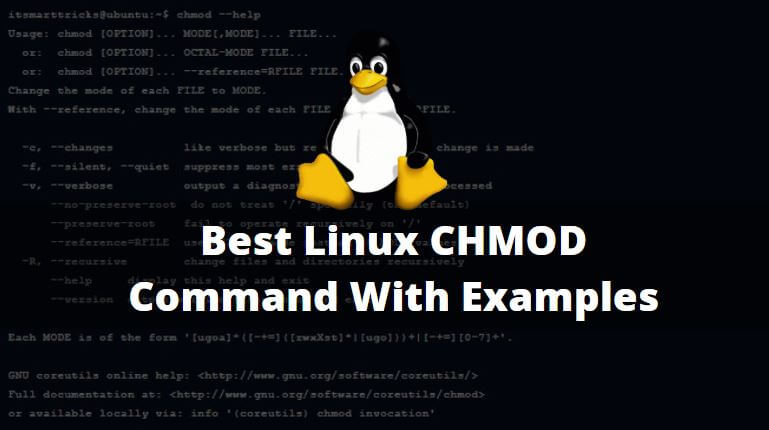
Best Linux Chmod Command With Examples It Smart Tricks
Chmod Linux Command のギャラリー

How To Use The Chmod Command 2 Minute Linux Tips Network World

Chmod Command In Linux File Permissions Designlinux

Chmod Recursive Change Permissions Recursively On Files Folders
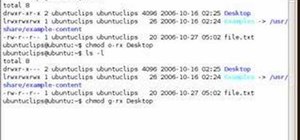
How To Use The Chmod Terminal Command In Ubuntu Linux Operating Systems Wonderhowto

Use Of Chmod Command In Linux Devopsdex

Linux Command Line Basics Part 4 I Have A Pc I Have A Pc

Some Helpful Linux Commands Recently For A Coding Challenge I Was By Kate Schlunz Medium

Linux Unix Changing Permissions With Chmod Vinish Kapoor S Blog

Linux Terminal File Permissions Chmod Chown And Chgrp Youtube

Linux Chmod Command Tutorial With Examples To Change Permission Of Files And Folders Poftut

How To Use Chmod And Chown Command In Linux

Chmod 777 In Terminal The Command To Make All Changes Affect Every File And Folder Ask Ubuntu

Chmod Command In Unix Learn Unix Online Fresh2refresh Com

11 Popular Unix Linux Chmod Command Examples To Change File Permissions Cyberithub

Restore Executable Permission To Chmod Command In Linux Ostechnix

Linux File Permission Change By Chmod Command In Linux Guide For Beginners

What Is Chmod 777
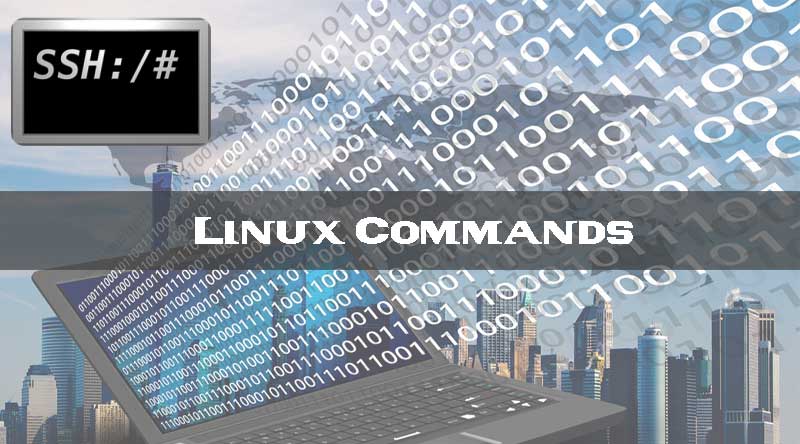
Linux And Unix Chmod Command Tutorial And Examples Xsofthost

Linux File Permission Javatpoint

Linux Chmod Command Clearly Explained Codedodle
Chmod Cheatsheet Linux
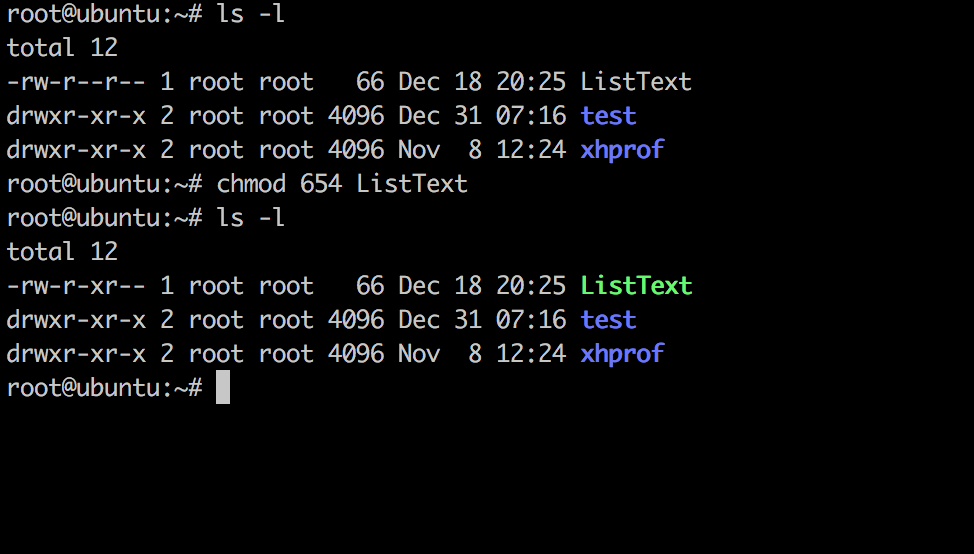
Linux Chmod Command Linuxfordevices
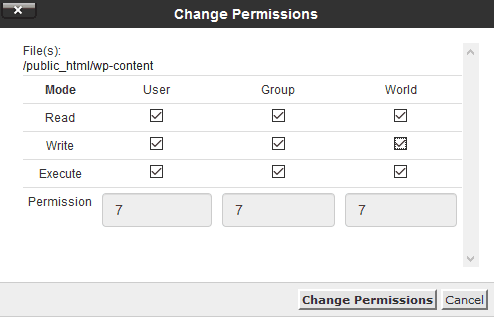
What Is Chmod 777 How To Change File Permissions For Linux Tech Ninja Pro

Command Line I Can T Change Mode For Some Directories Using Chmod Ask Ubuntu

8 Linux Chmod Command Examples To Understand It The Linux Juggernaut
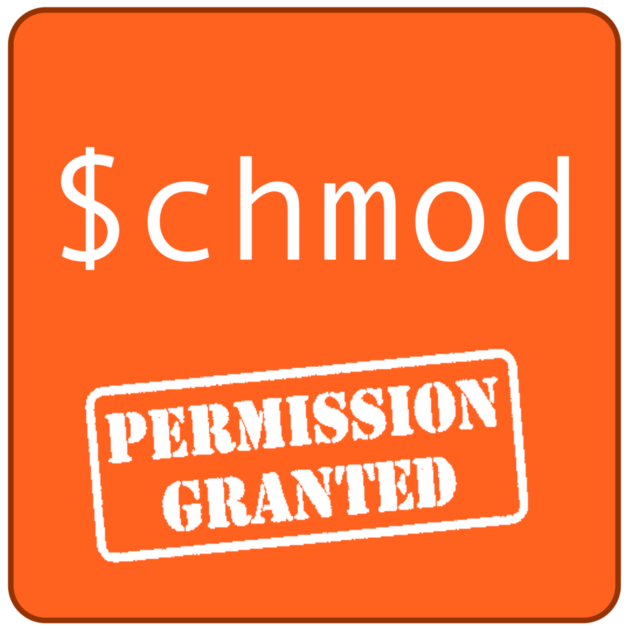
Changing File Permissions In Linux The Chmod Command By Saswat Subhajyoti Mallick Medium
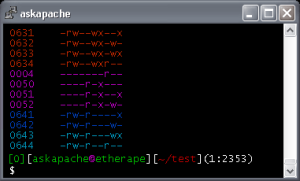
Chmod All Files To 644 All Folders To 755 Of A Directory Nixpal
Q Tbn 3aand9gcs Trmaopb41lzfo2wl Mi6olorurkywaddbudhnw Ne1mor3ct Usqp Cau

Chmod 7777

How To Use The Chmod Command On Linux

How To Use The Chmod Command On Linux
Q Tbn 3aand9gcq1nsq3kxri7ryrifobs2rfobawbv4hezfw9 Ldf4feblahyn09 Usqp Cau
Your Own Linux Chmod Basics Of Files Directories Permissions And Use Of Chmod
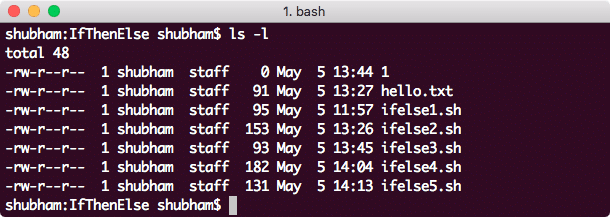
Linux Chmod Example Linux Hint
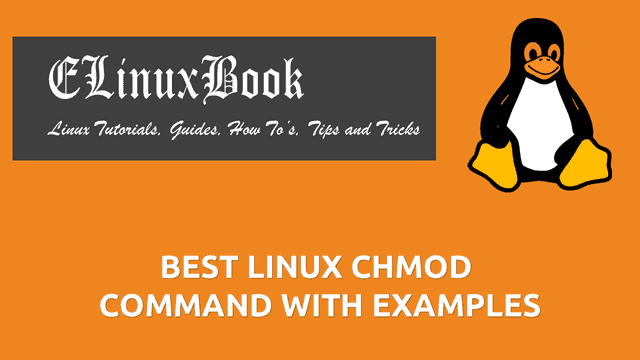
Best Linux Chmod Command With Examples
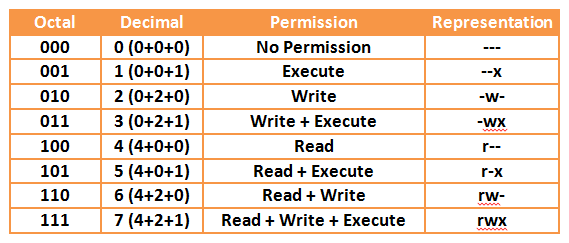
Your Own Linux Chmod Basics Of Files Directories Permissions And Use Of Chmod

Linux Commands Chmod Cloudaffaire

Chmod Command In Linux File Permission Settings Syntax Examples

Linux Chmod Command Dracula Servers Tutorials

Linux Chmod Command Utility Software Computer File
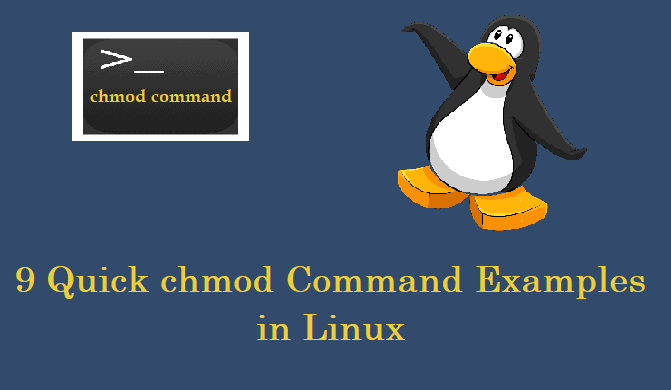
9 Quick Chmod Command Examples In Linux
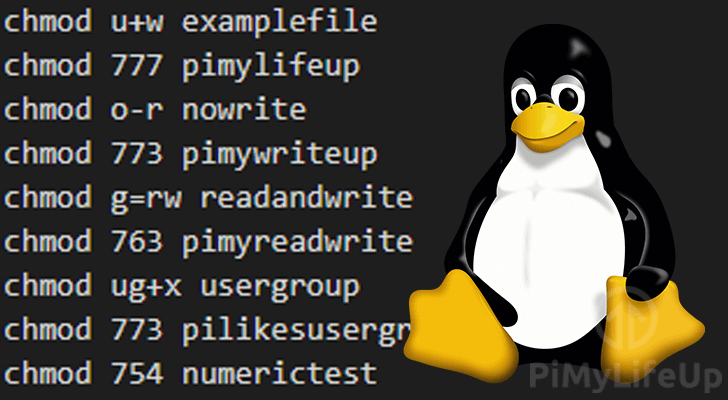
The Basics Of The Chmod Command Pi My Life Up

Chmod Command In Linux File Permissions
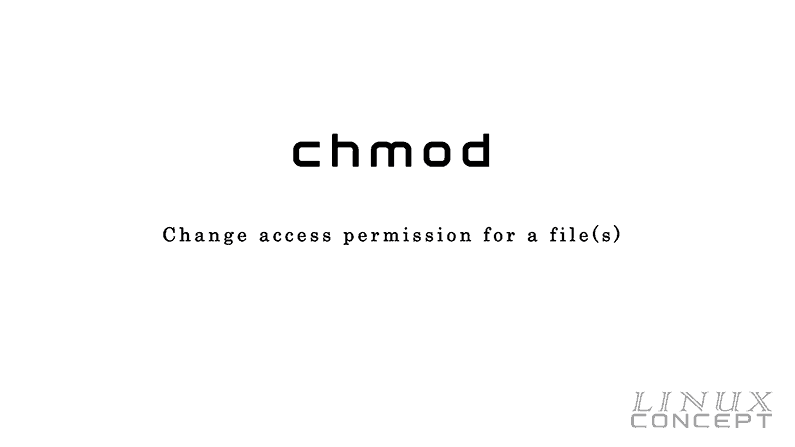
Unix Linux Command Chmod Linux Concept

Chmod Permission Denied Unix Linux Stack Exchange

Javarevisited 10 Example Of Chmod Command In Unix Linux

How Did The Number 777 In Chmod 777 Come Out Under Linux Laptrinhx

How To Use Chmod Command In Linux Explained With Examples
:max_bytes(150000):strip_icc()/i7guGwCYcn-34e068e148ae4e918b29c86cd2d5740e.png)
Configuring Unix Linux File And Directory Access Rights

How To Chmod Files Only On Linux

Chmod Command In Unix Unix File Permissions Chmod With Examples Chwn Command Chgrp Command Unmask
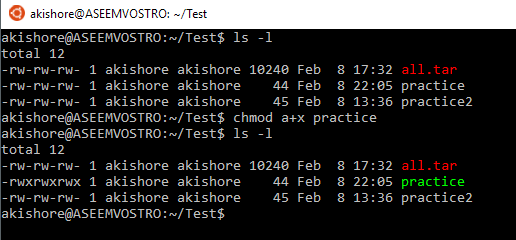
Understanding Linux Permissions And Chmod Usage
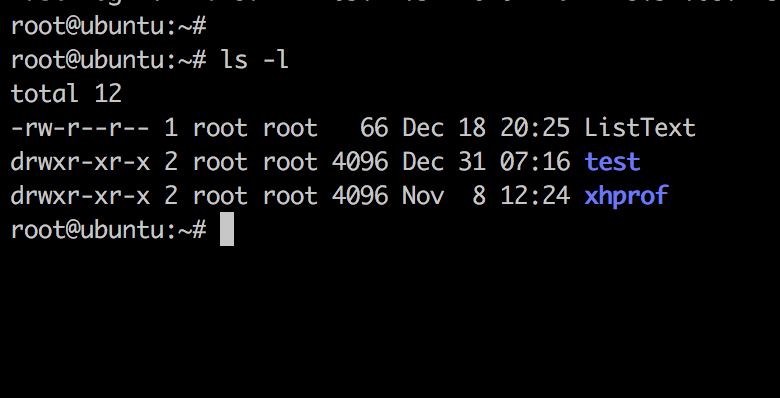
Linux Chmod Command Linuxfordevices

Introduction To The Linux Chmod Command Opensource Com

Restore Executable Permission To Chmod Command In Linux Ostechnix

Chmod Command Understanding How To Grant File Permissions
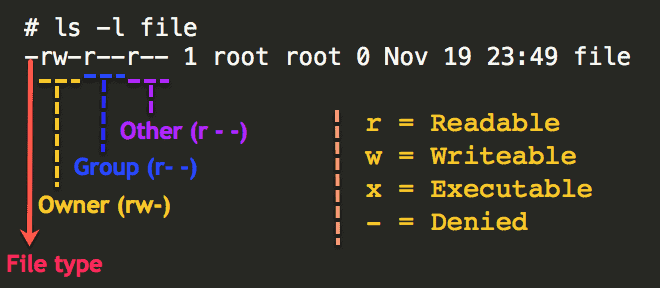
Understanding Basic File Permissions And Ownership In Linux The Geek Diary

Whatever You Knew About Chmod Is Wrong Alien Coders

Explained How To Use Chmod Command Complete Guide Youtube

Chmod Recursive Change Permissions Recursively On Files Folders

Linux File Permissions Tutorial How To View And Change Permission

Use Of Chmod Command In Linux Devopsdex

Chmod 777 What Does It Really Mean Make Tech Easier

How To Use Chmod Command In Linux Explained With Examples
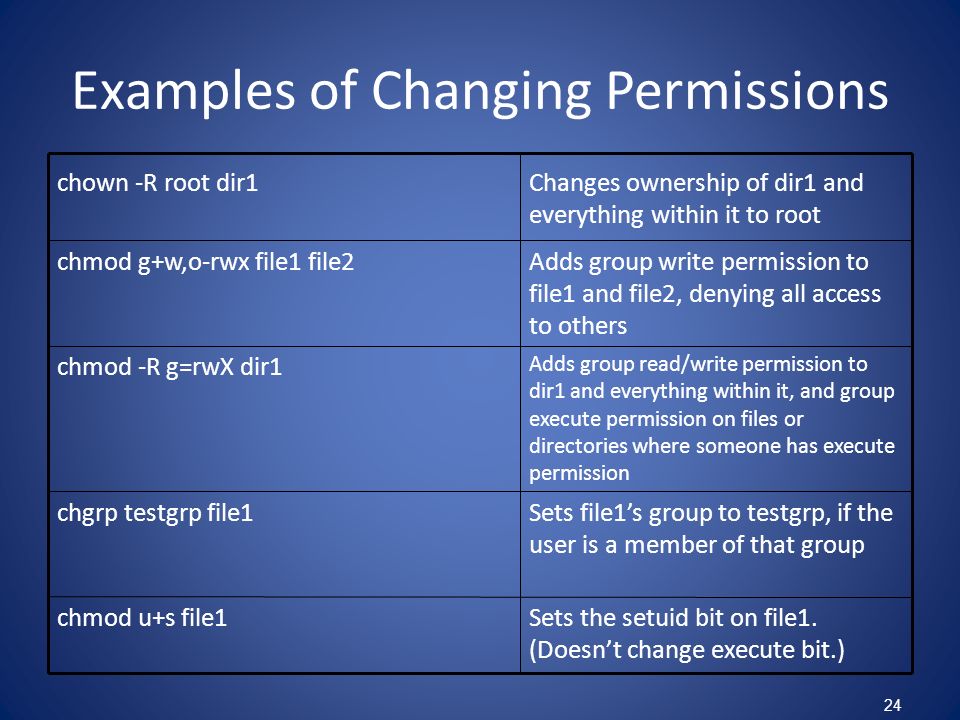
Permissions Why Use Chmod Instead Of Chmod U Rw Go R Unix Linux Stack Exchange

Lock Usb Devices With Chmod Command In Linux Tutorials

How To Use Chmod Command In Linux Explained With Examples
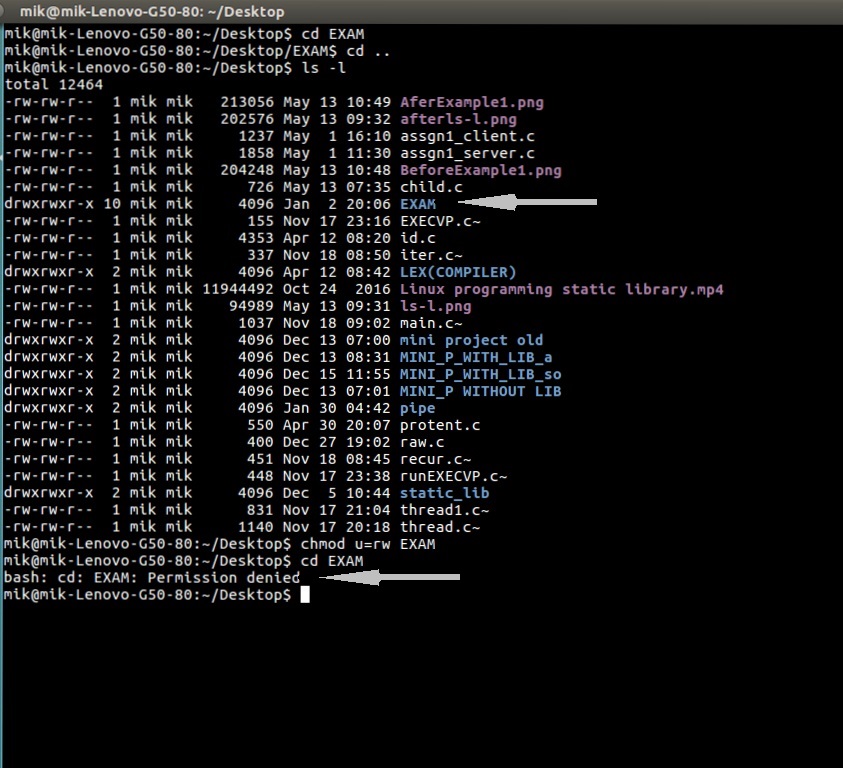
Chmod Command In Linux With Examples Geeksforgeeks

Linux Chmod Chown The File Folder Access Control Me Learning Tech
/GettyImages-1021092796-ea8c63ee76f84bd5bf98c4222337fbb4.jpg)
How To Use The Chmod Command In Linux

Learning The Shell Lesson 9 Permissions

9 Quick Chmod Command Examples In Linux

Linux Chmod Command Javatpoint

How To Use The Chmod Terminal Command In Ubuntu Linux Operating Systems Wonderhowto

7 Examples Of Command Chmod On Linux And Explanation
Q Tbn 3aand9gcs Trmaopb41lzfo2wl Mi6olorurkywaddbudhnw Ne1mor3ct Usqp Cau
Q Tbn 3aand9gcs J72hjomdluhqe6xjivy M6yrjmkqx9x3z3ps Rpnb8by3w7z Usqp Cau
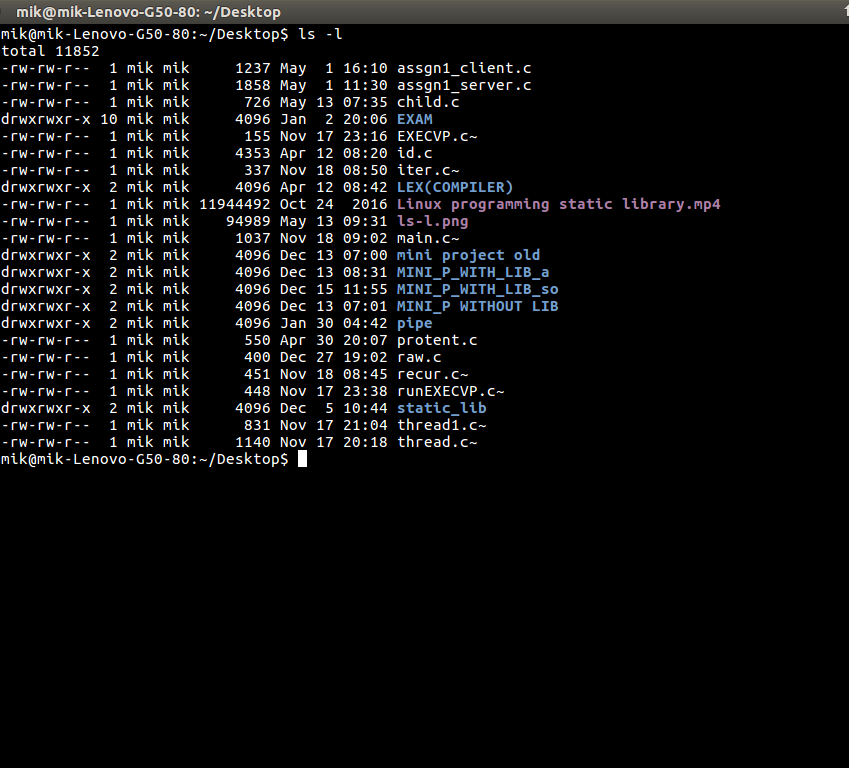
Chmod Command In Linux With Examples Geeksforgeeks

The Chmod Command And Linux File Permissions Explained Janssen Recycling

Linux Commands Chmod

Introduction To Linux File Permissions Attributes Chmod Globo Tech

Chmod Command In Linux File Permissions Linuxize

Change File And Folder Permission On Ubuntu Chmod Chown Command In Linux Youtube

Linux File Permissions Tutorial For Beginners
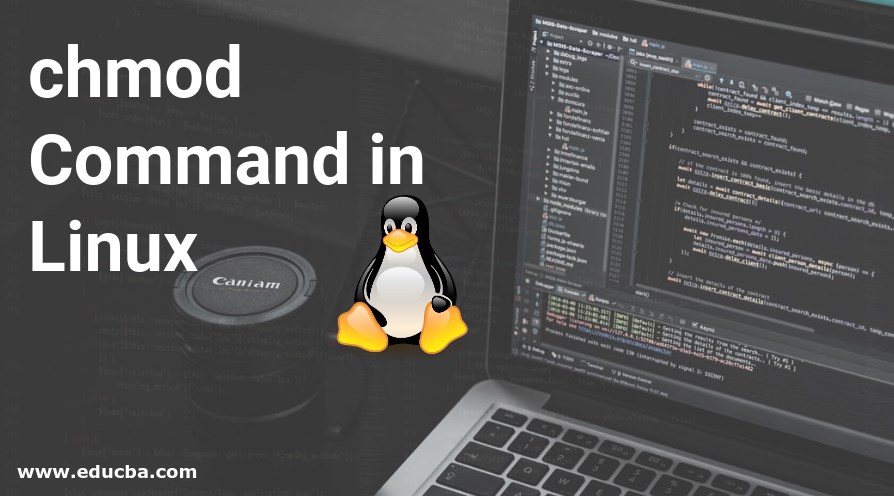
Chmod Command In Linux Operators Used In Chmod Command

Linux And Unix Chown And Chmod Command Security Problem Illustrated Nixcraft
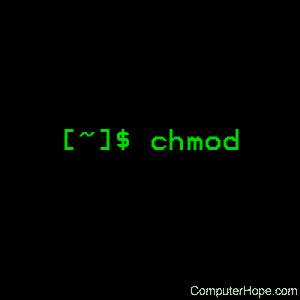
Linux Chmod Command Help And Examples

Linux Chmod Command Programmer Sought

How To Use The Chmod Command On Linux

Linux File Permissions Complete Guide Devconnected

Numeric Permissions Table Linux Chmod Command Linux Permissions

Modify File Permissions With Chmod Linode

Linux Commands Cheat Sheet Linux Training Academy
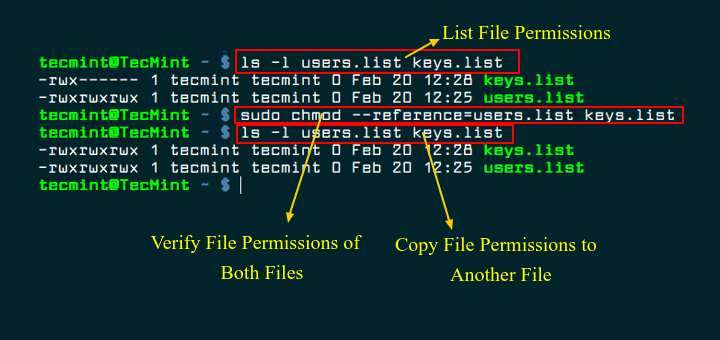
How To Copy File Permissions And Ownership To Another File In Linux

Chmod Wikipedia

Fun With Numbers In Chmod

Linux Commands 5 File Permission Chmod Youtube

Chmod Command In Linux With Examples Geeksforgeeks

Linux Permissions Posix Chmod Chown Chgrp Youtube

14 04 Chmod Not Working In A Non Super User Ask Ubuntu

Chown And Chmod Command Usage In Linux System Develop Paper



